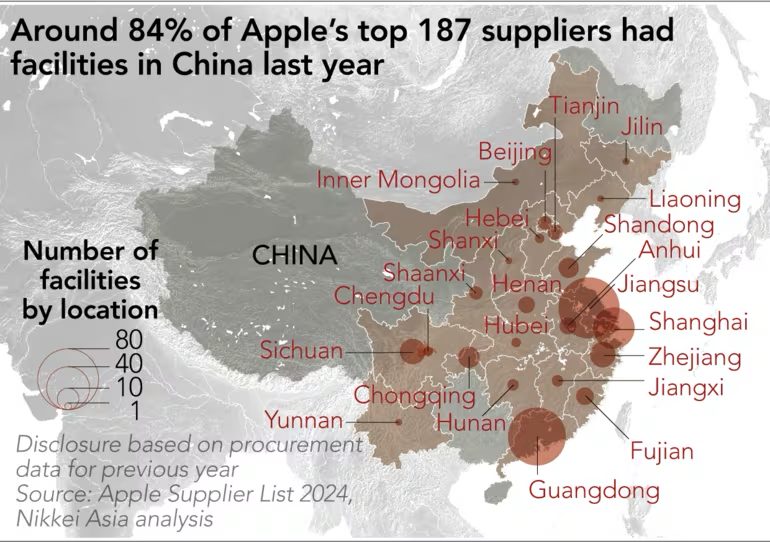
Rogers Adviser Writes Op-Ed: “No Evidence” MVNOs Will Lower Wireless Prices
Today marked the start of the Canadian Radio-television and Telecommunications Commission’s (CRTC) public hearing on the state of wireless services in Canada, where the federal government will investigate whether or not to mandate mobile virtual network operators (MNVOs) in the country.
MVNOs resell wireless to customers through wholesale usage of existing incumbent networks. The CRTC believes this move will spur competition and lower wireless prices.
But an opinion editorial today in the Ottawa Citizen, written by telecom expert and adviser to Rogers for the CRTC Wireless Review, Richard Feasey, argues against MNVOs based on what other countries have experienced around the world.
“Regulators elsewhere in the world have more than 20 years of experience facing similar issues. In markets with a similar number of carriers, such as in Europe, Australia and New Zealand, there have been only a handful of instances where regulators have adopted the measures being considered by the CRTC,” writes Feasey.
“European regulators effectively abandoned MVNOs as a remedy for competition concerns after 2007; the Australians rejected it three years ago; and the New Zealanders late last year. Israel is sometimes cited as a country where MVNO regulation has driven lower prices but the most striking feature of the Israeli market is not the MVNOs but the number of network-based wireless carriers – currently five – in a country with a population of only nine million,” details Feasey.
The Rogers adviser explains, “allowing competitors access to networks on regulated terms reduces the willingness to invest in them,” based on what has happened in wireline markets.
Lower wireless pricing in Europe, argues Feasey, was a result of “investments in new technologies rather than changes in the degree of retail competition such as might be associated with the entry of MVNOs.”
Citing MVNO regulation examples in Spain and Norway, Feasey says these “low cost” resellers make up fewer than two per cent of the market, while The Netherlands, with over 70 MNVOs, has “relatively high prices for low-income consumers.”
“The CRTC would do better to learn the lessons of the last 20 years, follow international best practice and continue to prioritize competition between networks and investment in new wireless technologies such as 5G,” concludes Feasey.
The Canadian federal government, as part of its election promise, plans to lower cellphone prices by 25 per cent within two years. According to Telus and its recent “True North Affordability” branding, it has already met and exceeded Liberal goals when it comes to wireless pricing.

